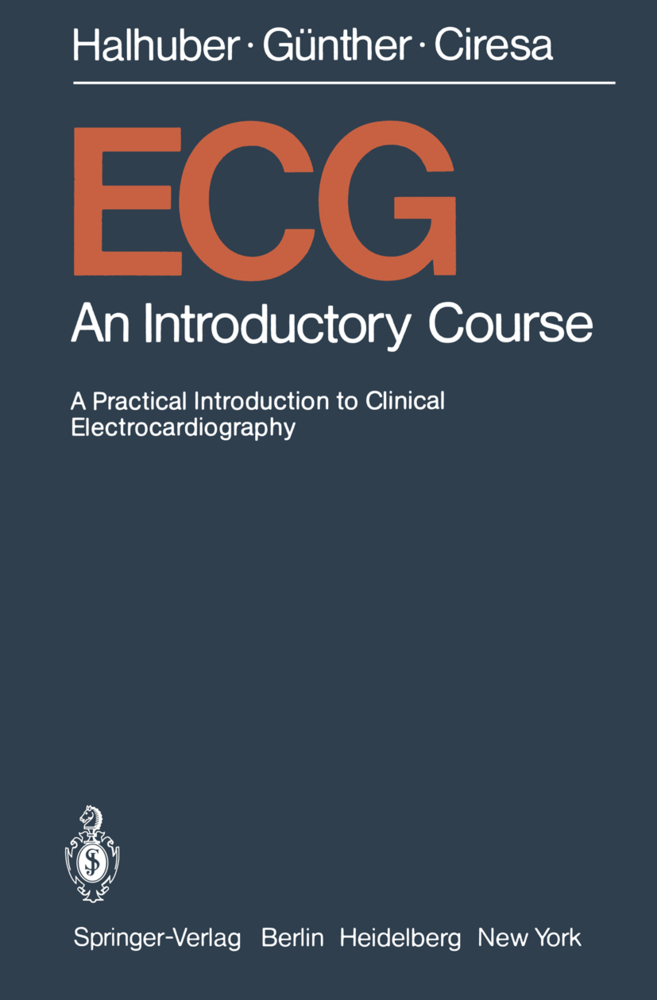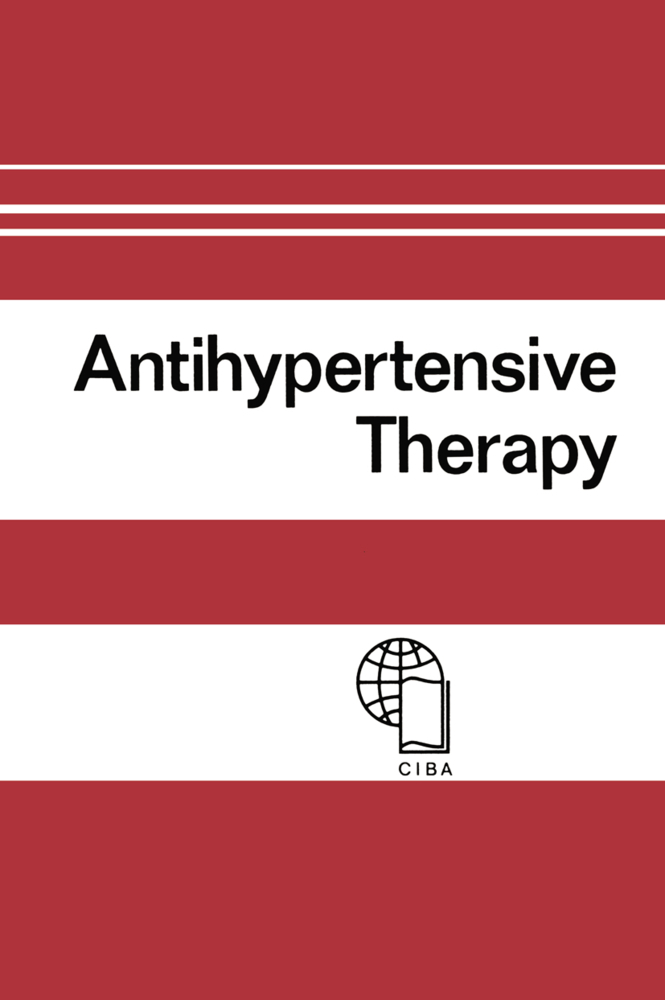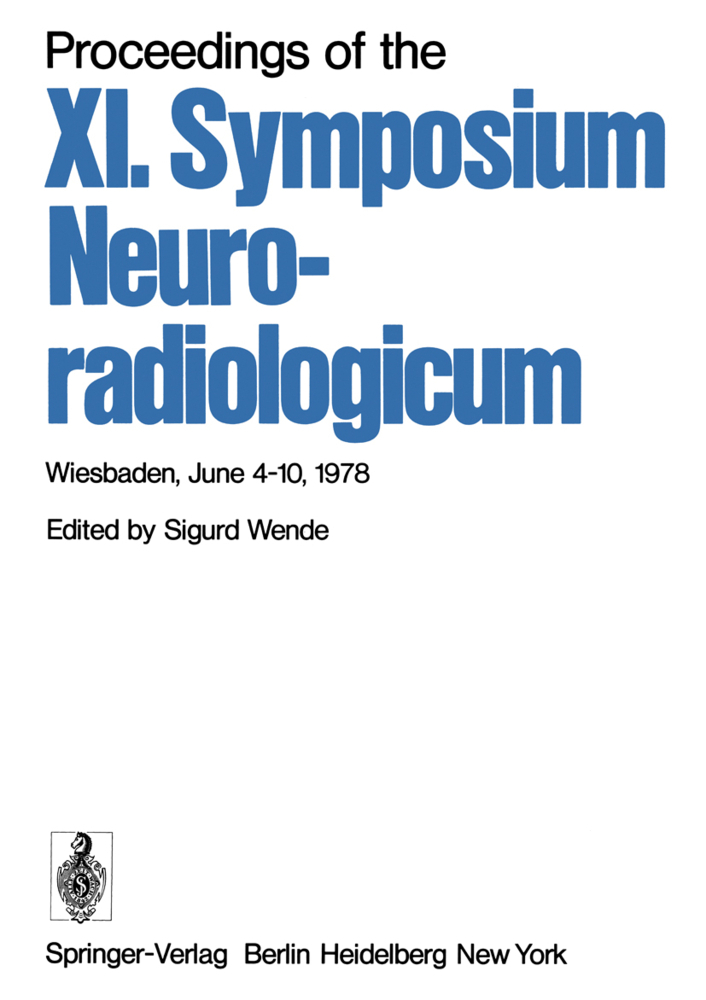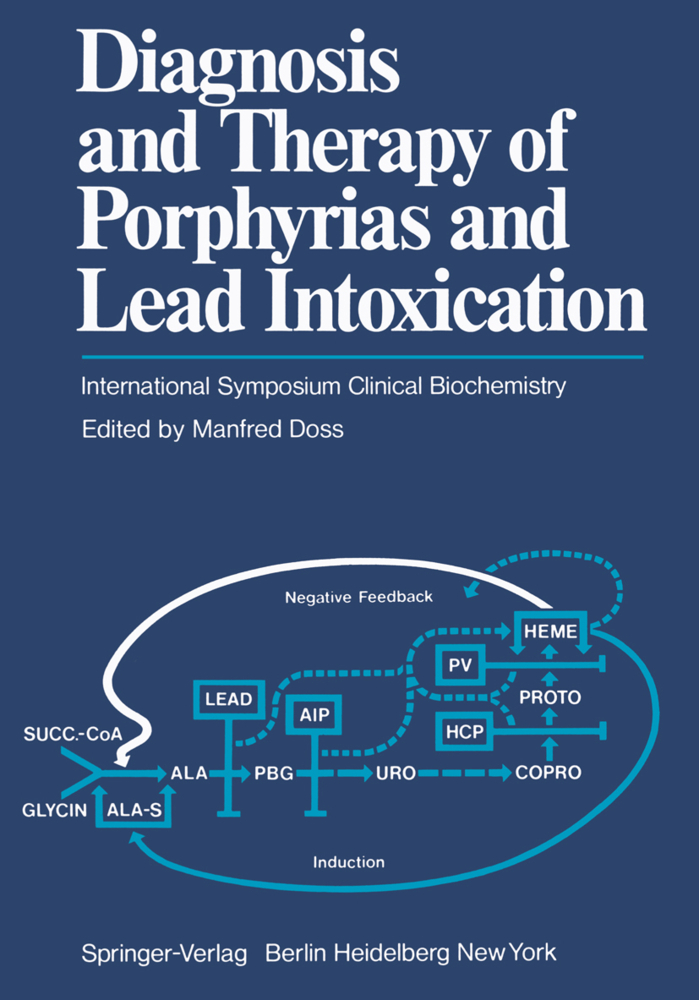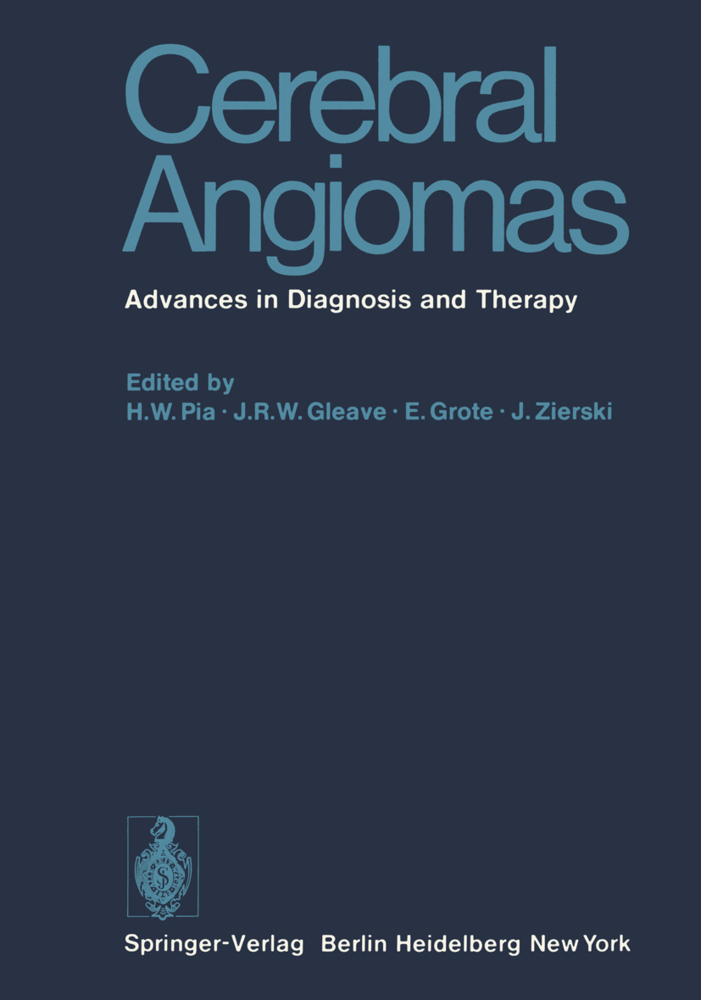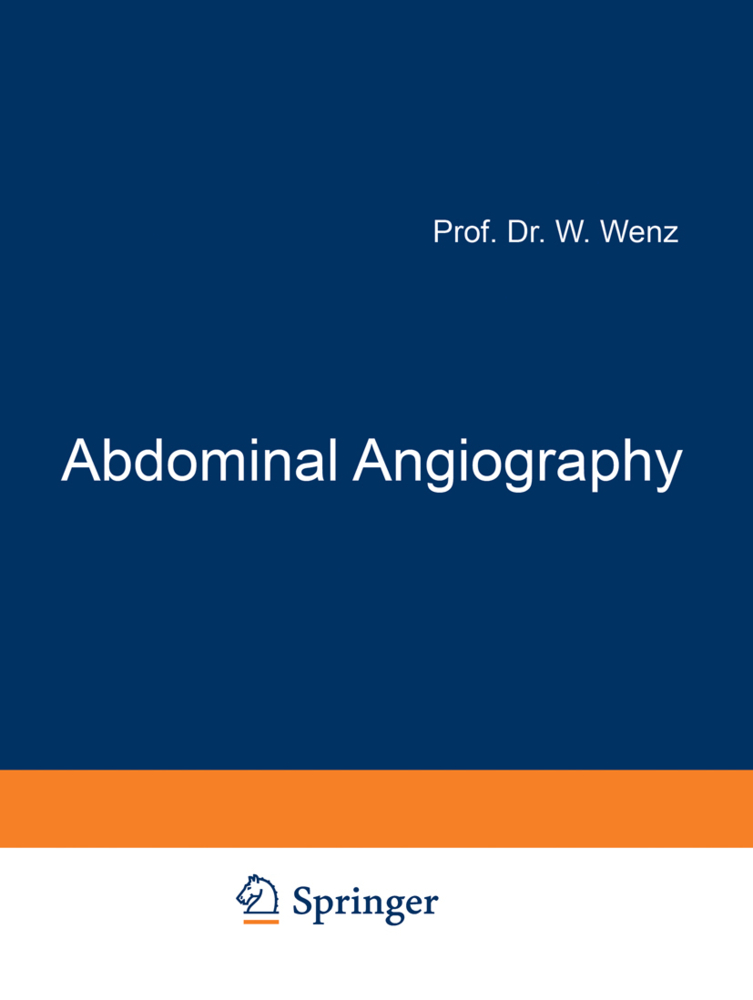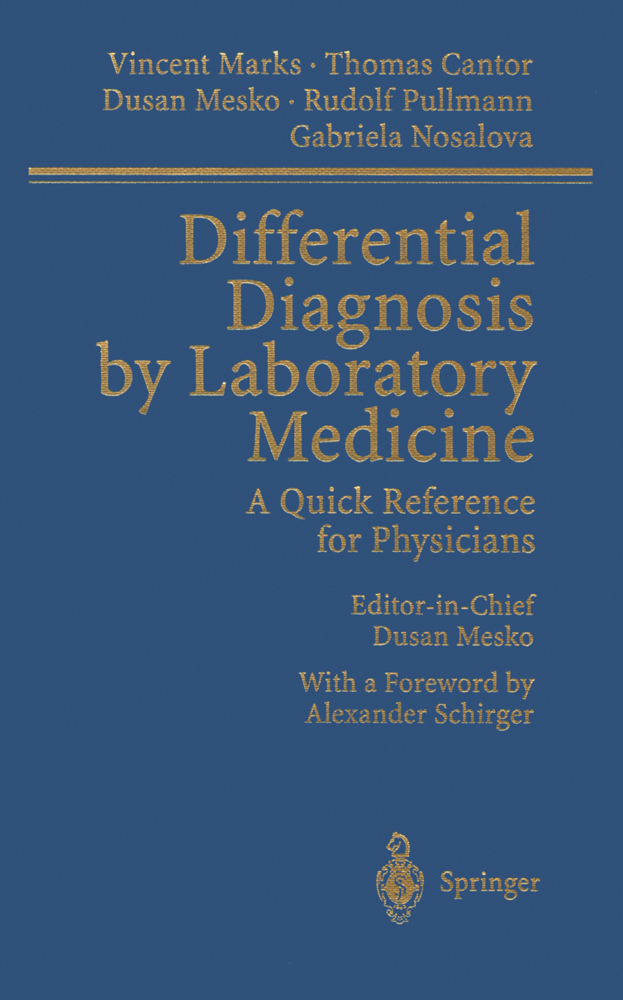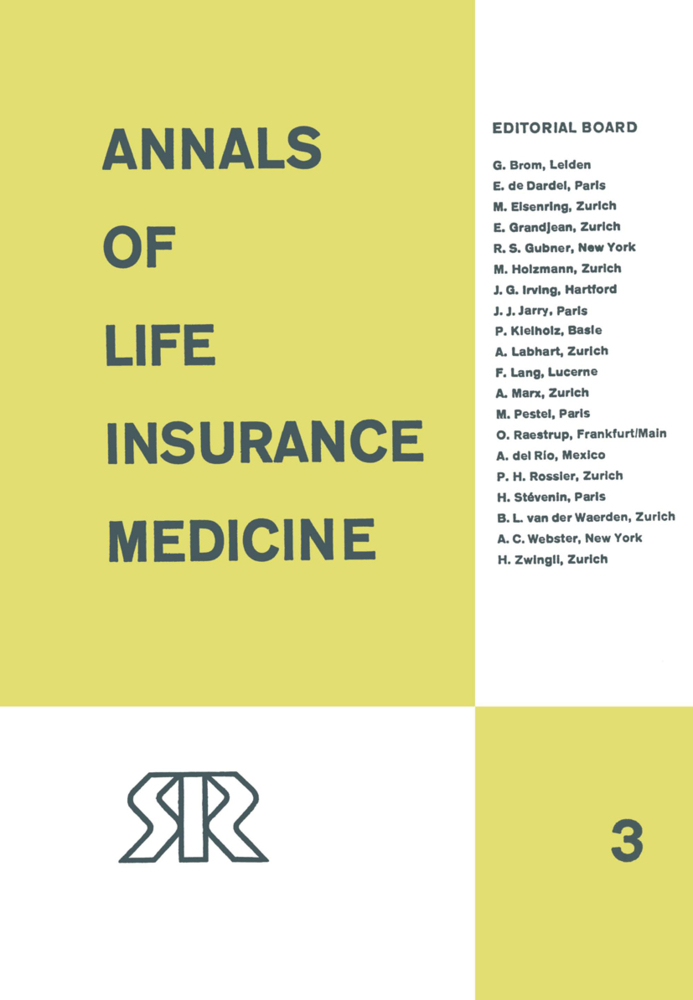ECG
An Introductory Course A Practical Introduction to Clinical Electrocardiography
ECG
An Introductory Course A Practical Introduction to Clinical Electrocardiography
Since 1955, we have conducted an annual one-week ECG course at Innsbruck. This book represents a summary of our didactic experience. This English translation follows the enlarged sixth German edition. It contains many diagrams and new examples of tracings, such as the orthogonal leads system of Frank, explanation of extreme axis devia tion by the hemiblock concept, atrioventricular conduction disorders (His bundle electrogram), re-entry mechanisms, and the exercise ECG. The limits and dangers of ECG interpretations that, in our opinion, should be emphasized in an introductory presentation, are summarized in a final chapter. Our main aim was to make indigestible material palatable to the beginner; to provide him with a red thread through the labyrinth of ECG patterns by adopting a uniform approach, namely vectorial interpretation, in order to understand especially difficult areas (e. g. the differential diagnosis of infarction) by means of simplified diagrams; and to prepare him for the study of systematic textbooks. We believe that many such books should be read in order to comprehend a subject that is generally considered difficult by physicians and at the same time to promote critical understanding when called upon to evaluate an ECG in practice. The following publications to which we ourselves owe valuable suggestions, even if they are not explicitly mentioned in our text, are recommended: BELZ, G. G., STAUCH, M.: Notfall-EKG-Fibel, 2nd ed. Berlin, Heidel berg, New York: Springer 1977 BUCHNER, C. H., DRAGERT, W.: Schrittmachertherapie des Herzens.
3. Interpretation of the "Electric" Axis of the Heart
4. The Normal ECG
4.1 The P Wave
4.2 The AV Interval (PQ or PR)
4.3 The QRS Complex
4.3.1 QRS Amplitude
4.3.2 QRS Duration
4.3.3 QR Interval (Intrinsicoid Deflection)
4.4 The ST-T Segment
4.5 The T Wave
4.6 The QT Interval
4.7 The U Wave
5. Memory Aid to Systematic ECG Description and Evaluation
6. Ventricular Conduction Disorder - Bundle Branch Block
6.1 Unifascicular Block
6.2 Bifascicular Bundle Branch Block
6.3 Trifascicular Blocks
7. The WPW Syndrome
8. ECG in Hypertrophy of Individual Chambers of the Heart
8.1 ECG in Hypertrophy of the Atria
8.2 ECG in Hypertrophy of the Ventricles
8.2.1 Depolarization
8.2.2 Repolarization
8.2.3 Position of the Cardiac Axis
9. ECG in Myocardial Infarction
9.1 Hypotheses of Necrosis, Injury, Ischemia
9.2 Sites of Myocardial Infarction
9.3 Course and Classification of Infarcts
9.4 Differential Diagnosis of the ECG in Myocardial Infarction
9.5 Infarct and Bundle Branch Block
10. Changes in the ST-T Segment
10.1 Causes of ST-T Changes
11. Exercise ECG
11.1 Changes in the Exercise ECG Suggestive of Coronary Disease
11.2 Doubtful and Prognostically Unreliable Changes in the Exercise ECG
11.3 Absolute Contraindications to the Exercise Tolerance Test or Bicycle Dynamometry
11.4 Relative Contraindications
11.5 Criteria for Discontinuance
12. ECG Diagnosis of Arrhythmias
12.1 Are (normal) P Waves Present?
12.2 What is the Distance Between Individual P Waves?
12.3 What is the Shape of the P waves?
12.4 What is the Distance of P Waves from the Following QRS Complex?
12.5 What is the Distance Between Apparently Identical VentricularComplexes?
12.6 What is the Time Relation of Differently Shaped Ventricular Complexes to Each Other or to the Basic Rhythm?
12.7 Incidence of Different Types of Arrhythmia
13. Pacemaker ECG
13.1 Fixed-Rate Pacemakers
13.2 Demand Pacemakers
13.3 Atrial-Triggered Pacemakers
13.4 Bifocal Demand Pacemakers
13.5 Complications After Pacemaker Implantation
14. ECG in Children
14.1 Normal Development of ECG as a Whole
14.2 Characteristic Patterns of Childhood Tracings
14.3 Effects of Extracardiac Factors
14.4 Technical Difficulties
15. Technique of ECG Recording
16. Concluding Cautionary Remarks on ECG Interpretation
16.1 Cardiac Arrhythmias
16.2 Diagnosis of Infarction
16.3 Suspected Hypertrophy of Individual Parts of the Heart.
1. Vectorcardiography
2. Usual ECG Leads and Their Interrelation3. Interpretation of the "Electric" Axis of the Heart
4. The Normal ECG
4.1 The P Wave
4.2 The AV Interval (PQ or PR)
4.3 The QRS Complex
4.3.1 QRS Amplitude
4.3.2 QRS Duration
4.3.3 QR Interval (Intrinsicoid Deflection)
4.4 The ST-T Segment
4.5 The T Wave
4.6 The QT Interval
4.7 The U Wave
5. Memory Aid to Systematic ECG Description and Evaluation
6. Ventricular Conduction Disorder - Bundle Branch Block
6.1 Unifascicular Block
6.2 Bifascicular Bundle Branch Block
6.3 Trifascicular Blocks
7. The WPW Syndrome
8. ECG in Hypertrophy of Individual Chambers of the Heart
8.1 ECG in Hypertrophy of the Atria
8.2 ECG in Hypertrophy of the Ventricles
8.2.1 Depolarization
8.2.2 Repolarization
8.2.3 Position of the Cardiac Axis
9. ECG in Myocardial Infarction
9.1 Hypotheses of Necrosis, Injury, Ischemia
9.2 Sites of Myocardial Infarction
9.3 Course and Classification of Infarcts
9.4 Differential Diagnosis of the ECG in Myocardial Infarction
9.5 Infarct and Bundle Branch Block
10. Changes in the ST-T Segment
10.1 Causes of ST-T Changes
11. Exercise ECG
11.1 Changes in the Exercise ECG Suggestive of Coronary Disease
11.2 Doubtful and Prognostically Unreliable Changes in the Exercise ECG
11.3 Absolute Contraindications to the Exercise Tolerance Test or Bicycle Dynamometry
11.4 Relative Contraindications
11.5 Criteria for Discontinuance
12. ECG Diagnosis of Arrhythmias
12.1 Are (normal) P Waves Present?
12.2 What is the Distance Between Individual P Waves?
12.3 What is the Shape of the P waves?
12.4 What is the Distance of P Waves from the Following QRS Complex?
12.5 What is the Distance Between Apparently Identical VentricularComplexes?
12.6 What is the Time Relation of Differently Shaped Ventricular Complexes to Each Other or to the Basic Rhythm?
12.7 Incidence of Different Types of Arrhythmia
13. Pacemaker ECG
13.1 Fixed-Rate Pacemakers
13.2 Demand Pacemakers
13.3 Atrial-Triggered Pacemakers
13.4 Bifocal Demand Pacemakers
13.5 Complications After Pacemaker Implantation
14. ECG in Children
14.1 Normal Development of ECG as a Whole
14.2 Characteristic Patterns of Childhood Tracings
14.3 Effects of Extracardiac Factors
14.4 Technical Difficulties
15. Technique of ECG Recording
16. Concluding Cautionary Remarks on ECG Interpretation
16.1 Cardiac Arrhythmias
16.2 Diagnosis of Infarction
16.3 Suspected Hypertrophy of Individual Parts of the Heart.
Halhuber, M. J.
Günther, R.
Ciresa, M.
Schumacher, P.
Newesely, W.
Hirsch, H. J.
| ISBN | 978-3-540-09326-8 |
|---|---|
| Artikelnummer | 9783540093268 |
| Medientyp | Buch |
| Copyrightjahr | 1979 |
| Verlag | Springer, Berlin |
| Umfang | XII, 158 Seiten |
| Abbildungen | XII, 158 p. 6 illus. |
| Sprache | Englisch |

